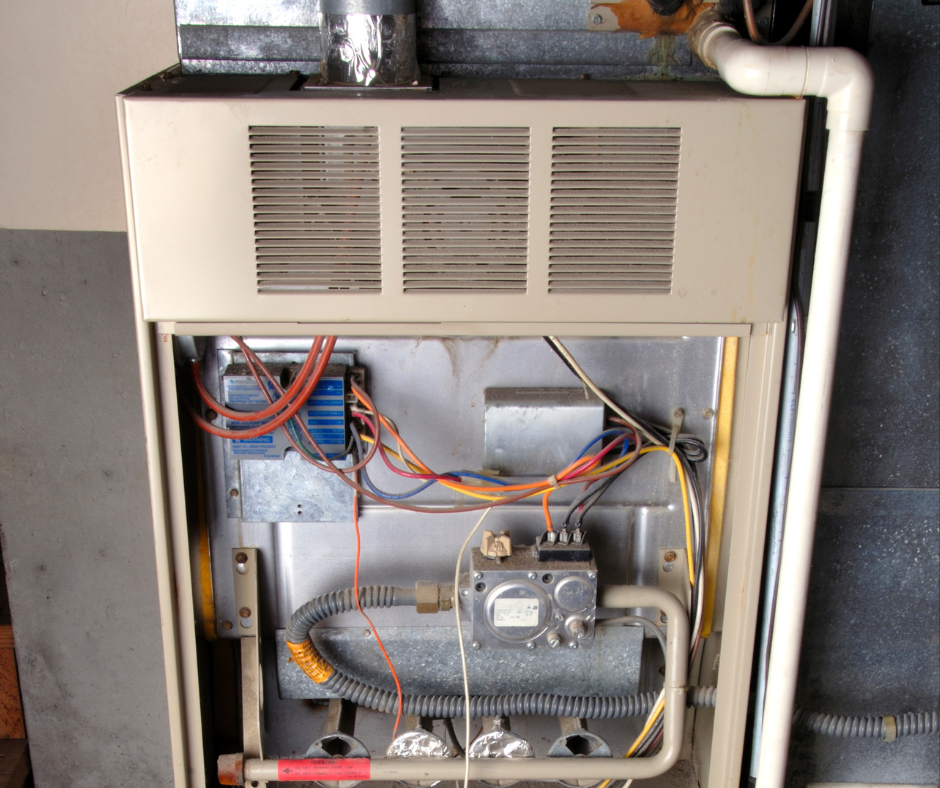Is Your Home a Candidate for Aging in Place?
If you have decided that you or your loved one is considering aging in place, you need to decide whether your residence is suited to home modifications. This process includes an assessment of both the location and the layout of the house.
As you might guess, home modifications vary from house to house. A one-level ranch in a suburban community has different considerations than a multi-level home in the countryside. Single-level homes in neighborhoods are generally a better fit for aging in place. However, a wider range of residences can work if the resident is generally healthy and only needs minor modifications.
As each housing situation is unique, this article will focus on general questions about location and layout. These discussions should help you to determine whether a home is a good candidate for aging in place.
Can you Age Safely in this Location?
The first question to consider is whether your home is in a good location to age. We can modify our homes, but it is difficult to change the location unless your house has wheels. Here are three important questions to ask about the location of your home.
Question 1: Is there easy access to services?
Modern society offers an increasing number of conveniences in populated areas. However, local grocery deliveries aren't much help if the nearest store is an hour away.
Whether you are in the city or the country, it is important to consider whether you will be able to navigate your community if your mobility declines. A thirty-minute drive may not seem like an obstacle now, but it has the potential to become a difficulty as you age. If you live in a city, it may be easier to access the stores and services you rely on, but that could change if your mobility declines.
We all want to be young forever, but it is important to consider how you would manage with a wheelchair or a walker. If that would cause difficulties, it could make sense to build a contingency plan so that you are prepared if an unexpected decline occurs.
Question 2: Is the neighborhood safe?
Neighborhoods change over time, but safety can be as much a structural question as a community question. A neighborhood with buildings that have a lot of stairs can present issues. Public transportation system can be difficult to board if you have mobility issues. In these cases, it can become difficult to navigate neighborhoods you once found easy to get around. In these cases, you may need to consider a location.
In addition, it is important to feel safe in your community. If something about your surroundings causes you concern, you should consider whether a different environment might better suit your current needs. Again, this may have changed over time, whether because the neighborhood changed, or you changed. In either case, you may find it beneficial to explore other options.
Question 3: Are you close to family and/or friends?
A lack of family, close friends, and community can create challenges for a senior or couple staying at home. If health challenges make it difficult to leave the house, it exacerbates the problem. Social isolation and loneliness have adverse impacts on senior health; it is important to have a plan in place to avoid this situation.
Can you Age Safely in your House?
If your home is in a good location for aging in place, it is time to assess whether the structure will work. When considering whether your house is a good candidate for modifications, it is important to take a long-term view. Here are three questions to help decide whether your home is a candidate for aging in place.
Question 1: What is the general condition of the home?
Does your house need a new roof? Or a new furnace? If not, will it need one in the next five, ten, or fifteen years?
If you intend to age in place with a fixed income, it is important to plan for these expenses. Perhaps your home will hold up a few more years than you hope, but if repairs are needed and funds are unavailable, it can create a stressful situation.
There is also the question of general upkeep. Older homes tend to need more attention, and if your ability to keep up with such chores is declining, you may want to consider other housing options.
Question 2: Is the home modification friendly?
Grab bars in bathrooms and lifts on staircases can make a home more suitable for aging in place. Unfortunately, in some cases, the structure of the home is less than ideal for these updates. Homes with narrow halls and doorways, multiple stairways, and difficult exterior access can make modifications difficult. Even if the modifications are possible, they may be expensive, which can make aging in place cost-prohibitive.
These questions can lead to hard decisions if a family home is not suited to modification, but it is important to be honest about whether a home is safe for a senior to age in place. Difficult discussions in the present can help to avoid tragic outcomes in the future.
Question 3: Are you physically and mentally fit enough to navigate the home?
Poor physical or mental health can make aging in place alone very difficult. If your mobility declines to the point where tasks like getting to the bathroom, preparing meals, or getting in and out of bed are challenges, it will be difficult to age in place.
Likewise, cognitive impairments can make aging in place dangerous. A person with advanced Alzheimer's or other dementia may become "lost" in the family home regardless of how long they've lived there. Nobody wants to surrender their independence, but a senior with diminished facilities may not be safe alone.
In addition to safety issues, physical and mental declines can make day-to-day activities challenging. In our earlier years, we don't think of the many tasks we do regularly to take care of our personal needs and maintain our home, but if we can no longer handle those tasks, then we require a lot of help from others. Friends and family can help to some degree if they are available, but they can become overloaded as needs increase. In-home paid services can provide support but are expensive, and at some point, support needs may become too much, and other housing options should be considered.
This is where long-term planning for your body comes into play; to maximize your ability to stay independent, you want to stay physically and mentally fit. As a baseline, you can explore our article on Great Exercises for Fall Prevention, but ideally, you will build your strength to a much higher level entering old age.
For a more advanced dive into the critical importance of muscle as we age, you can also check out Dr. Gabrielle Lyon's appearance on the Feel Better, Live More podcast with Dr. Rangan Chatterjee. Dr. Lyon does a masterful job laying out the benefits of muscle on all aspects of health, as well as the type of protein intake and exercise stimuli required to develop a healthy amount of muscle.
Remember, even if your home is a great candidate for aging in place, it will not matter if you are unable to complete the basic Activities of Daily Living. As Dr. Lyon asserts, frailty may not be an inevitable consequence of age, but the result of a lack of training as we age. Our capacity to build muscle does diminish with age, but it does not disappear, and with the right training and nutrition plan, you will be better equipped to remain independent and age in place.
Next Steps
The AARP reports that nearly 80% of older adults want to age in place in their current homes, but while the majority of us would like to age in place, doing that successfully requires an honest consideration of future needs and the pros and cons of your house's location and layout. Taking proactive action increases your chances of aging in the location of your choice, so start taking steps today to ensure you can age in place tomorrow!



